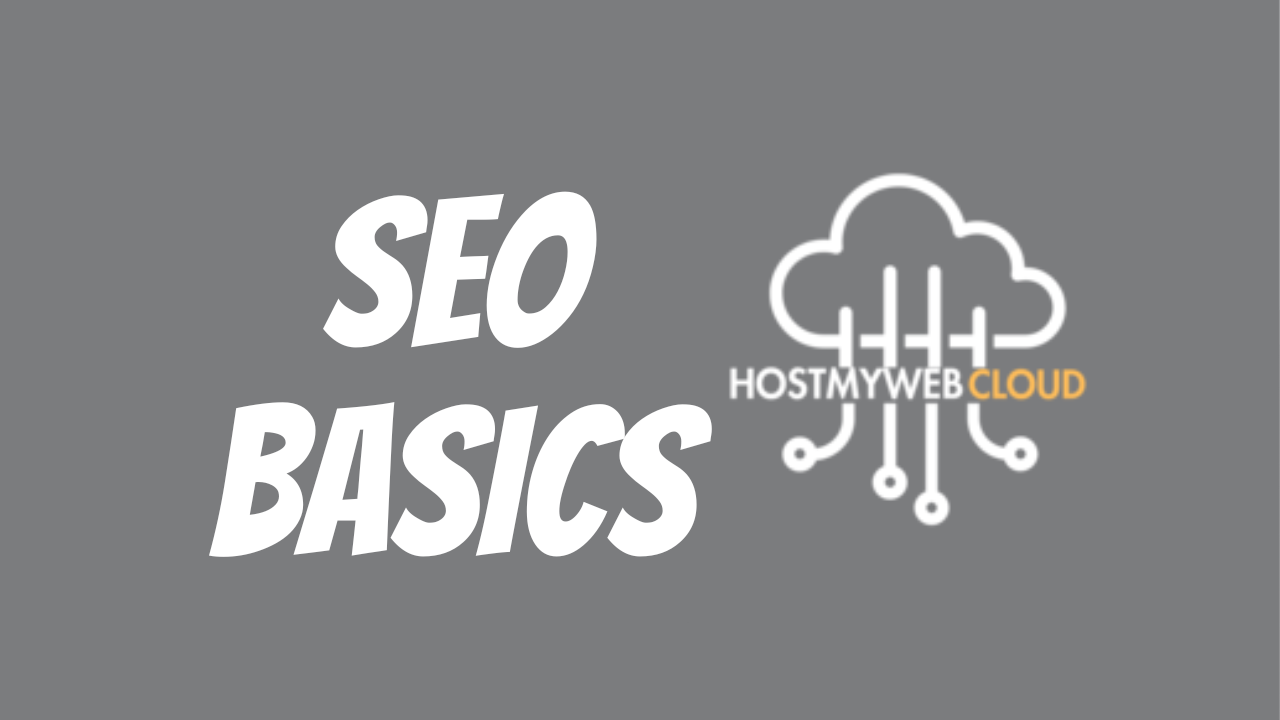Cloud services are a fundamental part of modern IT infrastructure, enabling businesses to store data, host applications, and access resources over the internet. By leveraging cloud technology, organizations can reduce costs, scale operations, and improve flexibility.
In this guide, we will explore Public Cloud, Private Cloud, Hybrid Cloud, and Multi-Cloud solutions, breaking down their features, advantages, and use cases.
What Are Cloud Services?
Cloud services refer to the delivery of computing resources, such as servers, storage, databases, networking, software, and analytics, over the internet. Instead of maintaining physical infrastructure on-site, businesses can access these resources through cloud providers on a pay-as-you-go model.
Cloud services can be categorized into several deployment models, including:
- Public Cloud
- Private Cloud
- Hybrid Cloud
- Multi-Cloud
1. Public Cloud
Definition
The public cloud is a cloud environment shared among multiple users and operated by third-party cloud providers. Resources such as servers and storage are hosted in the provider’s data center and accessed over the internet.
Examples of public cloud providers include:
- Amazon Web Services (AWS)
- Microsoft Azure
- Google Cloud Platform (GCP)
Features of Public Cloud
- Shared Infrastructure: Multiple organizations use the same infrastructure with strict security measures in place.
- Scalability: Resources can scale up or down based on demand.
- Pay-as-You-Go Pricing: Users only pay for the resources they consume.
- Global Reach: Public cloud providers offer data centers across the globe to improve performance.
Advantages
- Cost-efficient: No need for on-site hardware or maintenance.
- Easy to Deploy: Quick setup for businesses of any size.
- High Availability: Redundant systems ensure minimal downtime.
Use Cases
- Startups and small businesses that need affordable infrastructure.
- Hosting web applications, SaaS products, or development environments.
- Handling unpredictable or variable workloads.
2. Private Cloud
Definition
The private cloud is a cloud infrastructure that is dedicated to a single organization. It can be hosted on-site within the organization’s own data center or by a third-party provider. Unlike public cloud environments, private clouds offer exclusive access to resources.
Features of Private Cloud
- Single-Tenant Environment: Infrastructure is reserved for one organization only.
- Enhanced Security: Offers higher levels of security, privacy, and control.
- Customization: Organizations can tailor the infrastructure to their specific needs.
Advantages
- Greater control over resources and data.
- Improved compliance with regulations and industry standards.
- Enhanced performance for mission-critical workloads.
Use Cases
- Businesses handling sensitive or regulated data (e.g., financial or healthcare institutions).
- Organizations requiring strict compliance with security standards.
- Enterprises that need consistent, high-performance infrastructure.
3. Hybrid Cloud
Definition
A hybrid cloud combines public and private cloud environments, allowing organizations to share data and applications between the two. This approach provides flexibility, enabling businesses to keep critical workloads in the private cloud while leveraging the scalability of the public cloud.
Features of Hybrid Cloud
- Interconnected Environments: Combines the benefits of both public and private clouds.
- Workload Portability: Applications and data can move seamlessly between clouds.
- Optimized Performance: Critical data stays secure in the private cloud, while non-sensitive workloads use public cloud resources.
Advantages
- Flexibility: Organizations can choose where to host applications based on their needs.
- Cost Efficiency: Leverage public cloud resources for non-sensitive tasks to save costs.
- Improved Security: Keep sensitive data in the private cloud while using public cloud for scalability.
Use Cases
- Businesses with dynamic or variable workloads.
- Enterprises requiring disaster recovery solutions.
- Organizations with on-premises infrastructure that need cloud scalability.
4. Multi-Cloud
Definition
The multi-cloud approach involves using two or more cloud providers to meet an organization’s needs. For instance, a company might use AWS for data storage, Azure for analytics, and Google Cloud for machine learning.
Features of Multi-Cloud
- Multiple Providers: Avoid dependency on a single cloud provider.
- Workload Distribution: Different workloads are hosted on different clouds based on performance, cost, or features.
- Resilience: Redundancy across multiple clouds reduces downtime risks.
Advantages
- Avoid Vendor Lock-In: Prevent reliance on a single cloud provider.
- Performance Optimization: Use the best cloud services for each workload.
- Enhanced Redundancy: Ensures business continuity with backup solutions across clouds.
Use Cases
- Enterprises seeking to optimize performance across different services.
- Organizations that require redundancy for disaster recovery.
- Businesses operating in regions where regulatory requirements restrict cloud provider choices.
Comparing Public, Private, Hybrid, and Multi-Cloud
| Feature | Public Cloud | Private Cloud | Hybrid Cloud | Multi-Cloud |
|---|---|---|---|---|
| Ownership | Third-party provider | Single organization | Combination of both | Multiple providers |
| Scalability | High | Moderate | Flexible | Flexible |
| Security | Good, shared resources | High, dedicated resources | Balanced | Variable |
| Cost | Pay-as-you-go | Higher upfront cost | Balanced | Varies by provider |
| Use Case | General-purpose apps | Sensitive data, compliance | Critical workloads | Performance optimization |
Conclusion
Cloud services—whether public, private, hybrid, or multi-cloud—offer organizations the flexibility, scalability, and efficiency they need to grow and innovate in the digital era.
- Public Cloud provides cost-effective scalability for general workloads.
- Private Cloud delivers security and control for sensitive data.
- Hybrid Cloud blends the benefits of both for flexibility and performance.
- Multi-Cloud empowers businesses with a resilient, diversified infrastructure.
Choosing the right cloud solution depends on your organization’s goals, budget, security needs, and workload demands.
If you’re looking to implement a cloud strategy, assess your requirements and start leveraging the power of cloud computing to drive business success.
Or open a ticket! 🚀



